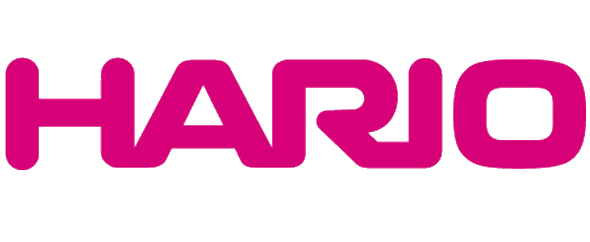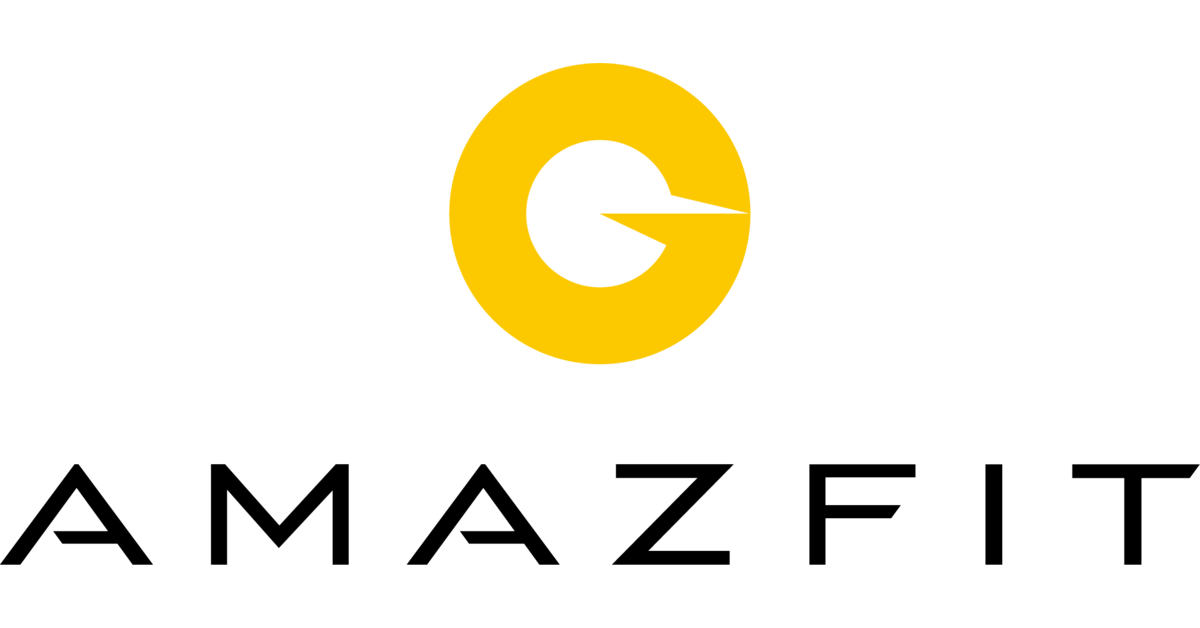Mastering Behavioral Triggers: A Deep Dive into Precise Implementation for Enhanced User Engagement
Implementing effective behavioral triggers is a cornerstone of modern user engagement strategies. While broad triggers like generic push notifications can boost engagement temporarily, deploying precise, context-aware triggers requires a nuanced, technically rigorous approach. This article explores the how exactly to identify, design, and implement behavioral triggers that produce measurable, sustainable results, focusing on actionable techniques rooted in data analysis, technical infrastructure, and machine learning.
Table of Contents
- Identifying Precise Behavioral Triggers for User Engagement
- Designing Technical Infrastructure for Trigger Implementation
- Developing Context-Aware Trigger Logic
- Implementing Trigger Types with Practical Examples
- Ensuring Trigger Timing and Frequency Optimization
- Addressing Common Implementation Challenges and Mistakes
- Case Study: Behavioral Trigger System for E-Commerce
- Strategic Value and Continuous Optimization
1. Identifying Precise Behavioral Triggers for User Engagement
a) Analyzing User Data to Detect Actionable Behavioral Signals
The foundation of precise trigger deployment is robust data analysis. Use event-level tracking combined with advanced analytics tools to uncover signals such as session duration, page scroll depth, feature usage frequency, and conversion points. For example, employ tools like Segment or Mixpanel to set up custom event streams, then apply statistical methods to identify patterns that precede desired actions or drop-offs.
| Behavioral Signal | Actionable Trigger | Example |
|---|---|---|
| Cart Abandonment | Trigger cart recovery email after inactivity | User leaves checkout without purchasing within 15 mins |
| Content Engagement Drop | Prompt personalized recommendations after low engagement | User views only 2 articles in 10 mins |
b) Differentiating Between Universal and Context-Specific Triggers
Universal triggers (e.g., welcome messages) are broadly applicable but often less effective when not tailored. Context-specific triggers leverage user journey data, device type, or location to activate more relevant interventions. For instance, a mobile user browsing a product page might trigger a different message than a desktop user viewing the same item. Use segmentation and environment variables within your data platform to distinguish contexts, then craft trigger logic accordingly.
c) Using Event-Based Tracking to Pinpoint Engagement Opportunities
Implement fine-grained event tracking to monitor specific user actions, such as clicks, hovers, form interactions, or time spent. Integrate these with your analytics platform via custom event hooks, ensuring that each event is timestamped and contextualized. Use this data to map trigger points along the user journey, enabling targeted interventions like nudges or offers precisely when users are most receptive.
2. Designing Technical Infrastructure for Trigger Implementation
a) Integrating Analytics Platforms with Real-Time Data Processing
Set up a streaming data pipeline using tools like Apache Kafka or Google Cloud Pub/Sub to funnel real-time event data into your trigger engine. This enables immediate detection of triggers such as cart abandonment or inactivity. For example, configure your analytics SDK (e.g., Mixpanel or Amplitude) to emit events to a message broker, then process these with a dedicated backend service that evaluates trigger conditions in real-time.
b) Setting Up Custom Event Listeners and Data Capture Mechanisms
Embed custom JavaScript event listeners on key user interaction points. For example, on a product page, attach listeners to addToCart buttons or scroll events:
<script>
document.querySelectorAll('.add-to-cart').forEach(function(button) {
button.addEventListener('click', function() {
fetch('/track_event', {
method: 'POST',
headers: { 'Content-Type': 'application/json' },
body: JSON.stringify({ event: 'add_to_cart', product_id: this.dataset.productId, timestamp: Date.now() })
});
});
});
</script>
Ensure that your backend API efficiently records these events, tagging them with contextual data such as user ID, session ID, and device info.
c) Creating a Modular Trigger Framework with API Hooks
Design a trigger management module that exposes API endpoints for registering, activating, and deactivating triggers dynamically. Use a configuration-driven approach, storing trigger conditions and actions in a database or configuration files. For example:
POST /api/triggers/register
{
"trigger_id": "cart_abandonment",
"condition": { "event": "cart_inactivity", "duration": 15 },
"action": { "type": "send_notification", "template_id": "recovery_offer" }
}
This modularity facilitates rapid iteration, A/B testing, and scaling of your trigger system.
3. Developing Context-Aware Trigger Logic
a) Establishing Conditions for Trigger Activation Based on User Journey Stages
Map user journey stages—acquisition, onboarding, engagement, retention—and define trigger thresholds for each. For example, trigger a re-engagement message after 7 days of inactivity during the retention phase. Use session data and event timestamps to evaluate whether the user has crossed the threshold:
if (current_time - last_active_time > 7 * 24 * 60 * 60 * 1000) {
triggerReengagement();
}
b) Incorporating User Segmentation to Personalize Triggers
Segment users based on demographics, behavior, or purchase history, then assign specific trigger logic to each segment. For example, high-value customers might receive exclusive offers upon cart abandonment, while new users get onboarding tips. Implement segmentation via tags or profile attributes and evaluate these in your trigger engine before firing actions.
c) Leveraging Machine Learning Models to Predict Engagement Likelihood
Train supervised models (e.g., gradient boosting, neural networks) on historical user data to predict the probability of engagement or conversion. Use these predictions as weights or thresholds within your trigger logic. For example, only trigger a personalized offer if the model estimates a >70% likelihood of purchase, ensuring resource efficiency and higher ROI.
“Integrating predictive analytics into trigger logic transforms reactive engagement into proactive, tailored experiences.”
4. Implementing Trigger Types with Practical Examples
a) Push Notifications Triggered by Specific User Actions (e.g., Cart Abandonment)
Implement a system that detects cart abandonment after a user adds items but does not checkout within a predefined window (e.g., 30 mins). Use your event processing backend to evaluate cart activity, then invoke the push notification API:
function checkCartAbandonment(userId) {
const lastActivity = getLastCartActivity(userId);
if (Date.now() - lastActivity.timestamp > 30 * 60 * 1000) {
sendPushNotification(userId, 'Don\'t forget your items! Complete your purchase now.');
}
}
b) Personalized Content Recommendations Triggered by Browsing Behavior
Track page views and product interactions to dynamically generate personalized recommendations. For example, if a user views multiple kitchen gadgets, trigger a recommendation widget with curated items:
if (userBrowsingHistory.includes('kitchen')) {
displayRecommendations('kitchen_top_picks');
}
c) In-App Messages for Re-Engagement Based on Time Gaps or Inactivity
Use session timeout detection to display in-app messages encouraging return. For example, if a user is inactive for 15 minutes:
setTimeout(function() {
if (!activityDetected) {
showInAppMessage('We miss you! Come back and see what\'s new.');
}
}, 15 * 60 * 1000);
d) Email Follow-Ups Triggered by User Milestones or Drop-offs
Configure backend automation to send targeted emails when users reach milestones, such as completing a first purchase, or after detecting inactivity:
if (user.purchaseCount === 1) {
sendEmail(user.email, 'Congratulations! Enjoy a special discount on your next order.');
}
if (Date.now() - user.lastActive > 14 * 24 * 60 * 60 * 1000) {
sendReengagementEmail(user.email);
}


















